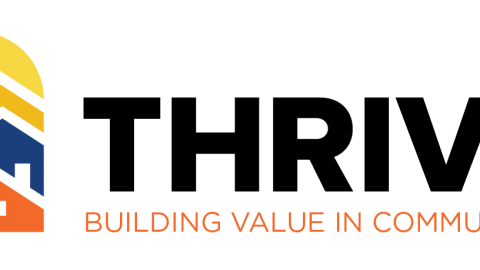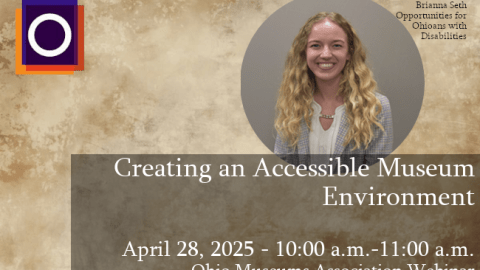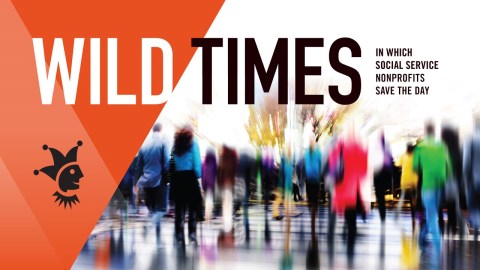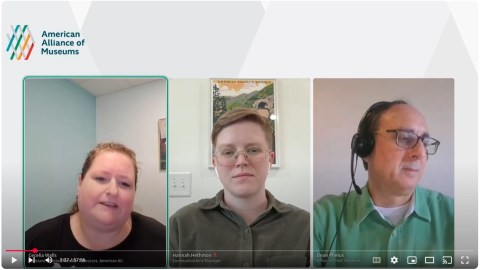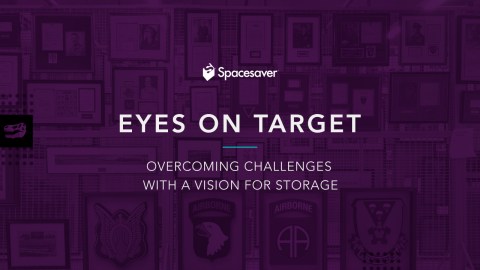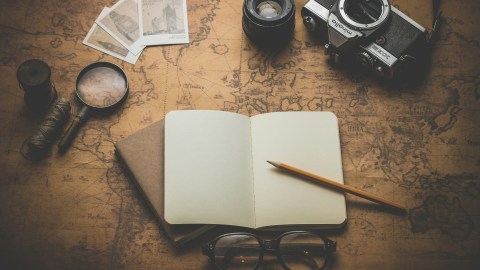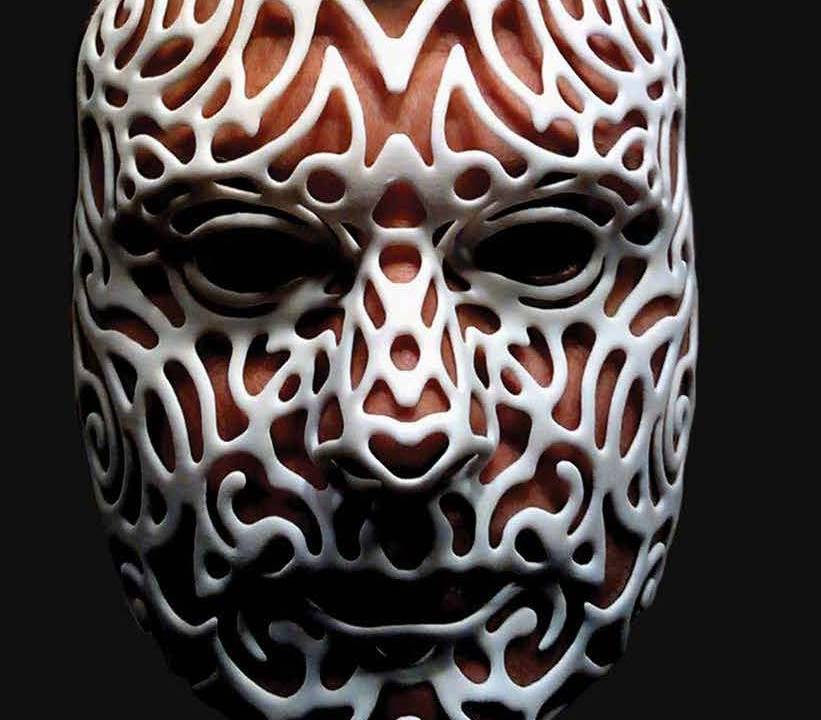
“At the forefront of these revolutionary possibilities is personalized medicine, which is the idea of precisely tailoring each person’s medical care to his or her own unique genetic makeup. In fact, if all goes as we envision, today’s mostly one-size-fits-all approach to medical care will seem as outdated to future generations as bloodletting leeches and patent-medicine potions are to us.”—Francis Collins
The industrial era birthed the modern retail industry through the mass production of affordable goods. Handmade and bespoke items quickly became synonymous with luxury: only the wealthy could afford goods made to their personal measure. Now we’ve come full circle, as technology makes it relatively cheap and easy to personalize goods and services to each individual user, or use “mass personalization” to create the illusion of individual attention. This trend is playing out in three arenas: the creation of personalized goods, the filtering of personalized content and the creation of personalized experiences. Audiences of the future, shaped by the broader marketplace, may expect museums’ products, communications and experiences to be tailored to their interests and needs.
The trend towards personalization results from the interplay of technological and cultural drivers of change. Our desire for personalization is, in part, a reaction to our increasingly impersonal, faceless interactions with the digital world. “Personalized” also can connote “personal,” i.e., a relationship with a flesh-and-blood person. (Perhaps this is what the polymathic artist Miranda July had in mind when she created the Somebody app, which recruits a stranger to act as your in-person avatar, giving life to your text message with voice and emotion.)
While technology fuels our sense of alienation, it also provides the tools to fight back against being treated as interchangeable cogs in the digital machine. Why struggle with earbuds that fall out every few minutes when you can buy a pair custom fitted to your ear? Or angst over badly fitted jeans that could be tailored to your digitally scanned measurements? It took the Human Genome Project 12 years and $2.7 billion (in 1991 dollars) to sequence the first human genome. Now companies like 23andMe offer personal genomic analysis in about a month for less than a hundred bucks. Recommendation Engines, made possible by massive data collection and sophisticated
Recommendation Engines, made possible by massive data collection and sophisticated data analytics, enable us to filter the overwhelming number of choices on the Web to something relevant and manageable. And since the underlying algorithms can learn from a user’s behavior, they deliver better results the more someone interacts with them. Instead of being limited to whatever a radio station wants to play, people download Pandora or Spotify and teach the service to deliver the songs they prefer. At the same time, the spread of affordable, increasingly sophisticated software and hardware supports the design and creation of one-off physical products. Individuals, startups and major companies are using 3D scanning, design programs and 3D printing to make custom, personalized, fitted designs.
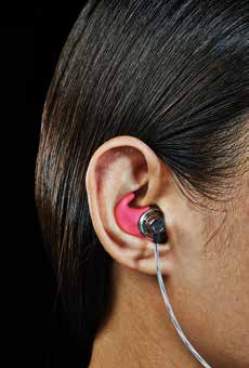
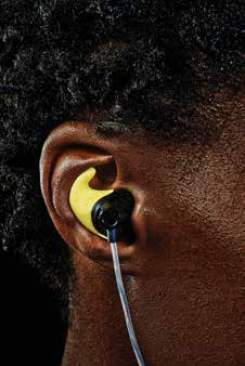
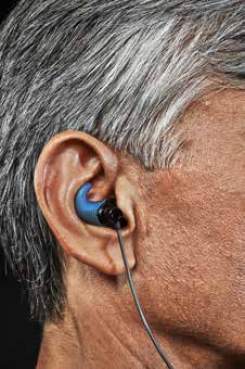 As a business strategy, personalization is impelled in part by the fact that so many of the mundane services companies used to deliver can now be accomplished directly by the user, using the power of digital tools. Anyone can jump on Google and read up on general nutrition advice, but perhaps they will pay for dietary recommendations geared to their genome. Research libraries, realizing that their role as the “first place to go for scholarly content” is eroding, are starting to offer personalized search services to provide added value.
As a business strategy, personalization is impelled in part by the fact that so many of the mundane services companies used to deliver can now be accomplished directly by the user, using the power of digital tools. Anyone can jump on Google and read up on general nutrition advice, but perhaps they will pay for dietary recommendations geared to their genome. Research libraries, realizing that their role as the “first place to go for scholarly content” is eroding, are starting to offer personalized search services to provide added value.
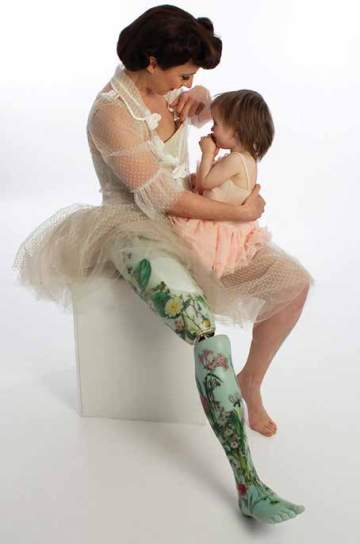
Data-driven personalization faces two big challenges. One, it’s difficult to write an effective recommendation algorithm. When Netflix offered $1 million to anyone who could improve the performance of its recommendation engine by 10 percent, it took three years for someone to collect the prize. (And even that solution was soon abandoned because it was too hard to implement.) Two, a recommendation engine has to have massive amounts of data to work on before it can generate useful results. Big companies like Amazon and Netflix have so much data on user interactions that they can jumpstart the process, but achieving critical mass is a lot harder for small businesses, including nonprofit cultural organizations.
What This Means for Society
In commerce, personalization opens new economic niches, including the rise of the DIY economy—not only the sale of 3D printers, but also the use of 3D printing to create customized products. There are huge opportunities for businesses offering personalized services as well. Some companies, like the customer loyalty program Fivestars, encourage small businesses to pool their customer behavior data so that collectively they have enough information to create tailored communications and offers. This enables small vendors to realize some of the advantages of scale previously confined to big retailers.
Personalization is starting to transform health care, both baseline wellness programs and interventions. BaseHealth’s GenoPhen provides doctors with a platform to create health plans customized to a patient’s genome, personal health history and data from quantified self-monitors like Fitbit and Jawbone Up. Whereas in the past, medical treatments were designed for the “average” person (usually, in practice, the average adult white male), now researchers are beginning to mine genomic data to identify personal risk factors and model how an individual might respond to drugs. They are experimenting with cancer treatments that target an individual’s unique cancer cells.
One key characteristic of the emerging era of education is personalized learning. We are moving from a model in which students are expected to conform to one-size-fits-all instruction to expecting systems to adapt to each student’s learning style and interests. Last year, Vermont became the first state to mandate personal learning plans for all middle and high school students. Educational services like Khan Academy and ClassDojo offer tools for tracking the performance of individual students, enabling teachers to provide personalized attention and feedback. At the intersection of personalized medicine and education, one body of research suggests that the efficacy
of childhood interventions in socialization and learning may be predicted by a child’s genes. But despite the potential power of such approaches, parents are concerned that the same data that enables schools to personalize instruction may be used to stigmatize children, or may be vulnerable to breeches of privacy.
Inevitably, personalization has a dark side as well. “Personalization” of social networks, tailored newsfeeds and search engines can create homogenous communities in which no one is challenged by countervailing views. And personalization can be misused: in November 2010, political scientists messing about with Facebook proved that they could alter users’ feeds in a way that manipulated their voting behavior. This led to one fictional scenario, dubbed “digital gerrymandering,” in which Mark Zuckerberg personalizes the content delivered to users likely to vote against his favored candidate in a way that makes them less likely to go to the polls. “This is possible,” the author notes, “on any service that personalizes what users see or the order in which they see it, and it’s increasingly easy to effect.” This potential for abuse challenges society to develop ethical guidelines and/or regulations that prevent companies that collect and care for personal data from using that information to advance ideological agendas.
Museum Examples
The Yerba Buena Center for the Arts offers YBCA:You in which, for $15 a month, participants are assigned their own personal art coach to help them “navigate the myriad programs and events taking place each month at YBCA and elsewhere in the Bay Area” (along with discounts, access to exclusive events and various social meet ups). One staffer described the program as “a little like a gym membership with a dash of case management and counseling.” A participant in the program wrote: “The YBCA:You program has been one of the best investments I’ve made. I feel like it’s a combination of continuing education, social hour, and life coaching—like a really good gym, but for art. I love it!”
A group of museum enthusiasts has created “Art-o-mancy,” an activity that turns any museum into a “personal oracle.” Participants formulate a serious question related to their life, then are blindfolded and led through the museum by a guide. When they feel inspired to stop, the blindfold is removed and their guide helps them explore how whatever they are looking at (a painting, sculpture, even a blank wall or a fire extinguisher) sheds light on their inquiry. Art-o-mancy has been conducted at the Walker Art Center, the Minneapolis Institute of Arts and the Phillips Collection, among others. For several years, the Rijksmuseum Amsterdam worked with
For several years, the Rijksmuseum Amsterdam worked with Eindhoven University of Technology and the Telematica Institute to experiment with personalizing how Web users experience the museum’s collections. The CHIP project let visitors build profiles by logging their art preferences and related cultural activities, and used this data to design personalized virtual and museum-based tours. One of the premises of CHIP was that a compelling personal experience would motivate more frequent use of the museum’s online and onsite resources.
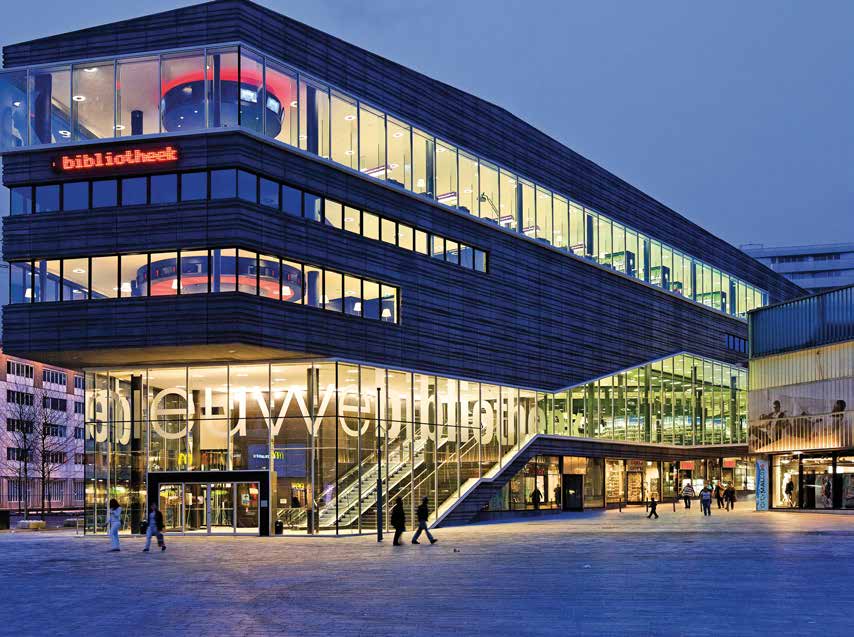
What This Means for Museums
People are becoming accustomed to personalized service from public institutions as well as commercial companies, giving rise to some creative responses. Reference librarians at the Seattle Library offer individually tailored recommendations to patrons via the “Your Next Five Books” service. The Nieuwe Bibliotheek in Almere, Netherlands, has created “personal shops” for customer groups defined by “interest profiles.” For the library, this meant overturning traditional classification schemes
to group books by area of interest, combining fiction and nonfiction, as well as training staff in marketing techniques. (The library also provides the S2M Serendipity Machine to encourage users to create personal profiles and connect people sharing similar interests.)
Personalized messages break through the noise of e-communications. An e-mail or text clearly geared to a user’s actions or preferences is more likely to be opened than generic content, and can ensure a museum’s messages to members and donors get read.
Mass personalization requires lots of data, which is a challenge for museums individually and collectively. As museums build the technological capacity to generate personalized recommendations, they will have to convince people to contribute enough information about themselves and their preferences to jump-start the process. Many museums are just beginning to collect even basic data on how individual users interact with the organization. However, the IMLS-funded project to pilot a version of the Dallas Museum of Art’s DMA Friends program at three other museums in the U.S. may help the field develop systems for compiling, sharing and analyzing information about visitor participation.
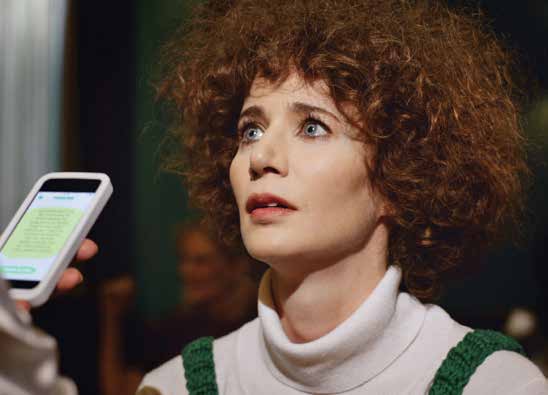
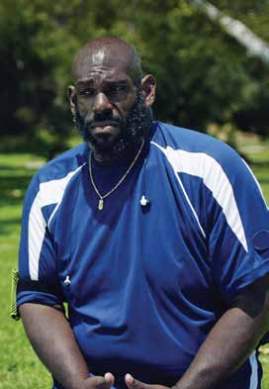
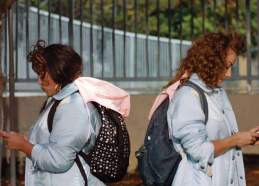 Museums Might Want to…
Museums Might Want to…
Restructure membership programs to create relationships that respond to individual preferences, or (as with the Nieuwe Bibliotheek) learn how to assign users to groups that reflect their behavior and preference, and offer each group a meaningful set of rewards. Consider how to customize their offerings.
Consider how to customize their offerings. As Kate Tinworth asked in a recent post on Expose Your Museum: Who are your biggest fans and how do you involve them to create? What could customization look like in your space? How might you balance what’s personal with what can be shared? Tackle the “cold start” challenge of recommendation algorithms. There are several ways to approach this. To generate a big enough mass of data to detect patterns in what kind of museum user is likely to enjoy what sort of experience, museums may want to pool their data sets. Are there companies working with multiple museum clients that might integrate such functions into the services they provide? Museums can also keep it simple: use an individual visitor’s past interactions with the museum to suggest similar events or products they might like, rather than trying to understand, and extrapolate from, their inner psyche.
Further Reading
“What YBCA is Learning from a Personalized Museum Membership Program.” Guest post on the Museum 2.0 blog by Laurel Butler, Education and Education Specialist at Yerba Buena Center for the Arts (YBCA) in San Francisco. [Includes video.]
Personalized Museum Experience: The Rijksmuseum Use Case, Lora Aroyo, Rogier Brussee, Lloyd Rutledge, Peter Gorgels, Natalia Stash and Yiwen Wang. Museums and the Web 2007. This paper describes a project at the Rijksmuseum exploring aspects of personalized access to and presentation of virtual museum collections.
A Custom Fit: Personalizing Experiences Using Technology, Emily Schuster. This blog post is an extended version of an article that appeared in the May/June 2013 issue of ASTC’s Dimensions magazine. It shares examples of how museums are using technology—including smartphones, barcodes and radio-frequency identification (RFID) tags—to personalize the visitor experience.
“Personalization Issues for Science Museum Websites and E-learning,” Silvia Filippini-Fantoni, Jonathan P. Bowen and Teresa Numerico. In E-learning and Virtual Science Centers, Idea Group Publishing, Hershey, PA, 2005. Editor: Dr. Ramanathan. Subramaniam, STE, Nanyang Technological University, Singapore. (Chapter available as a free download from academia.edu.)

